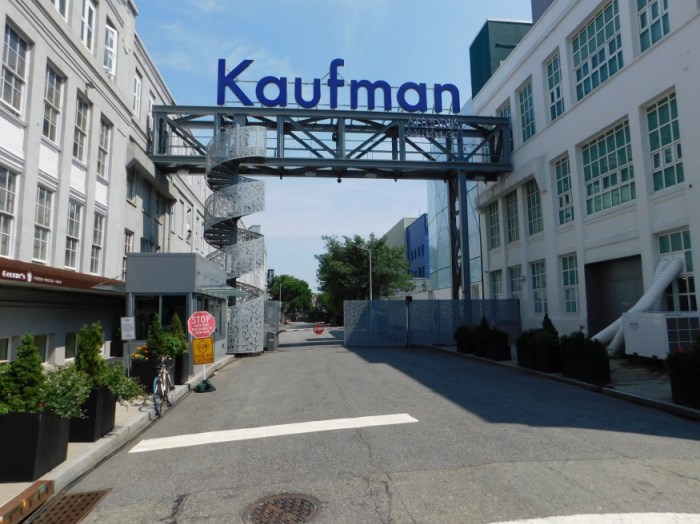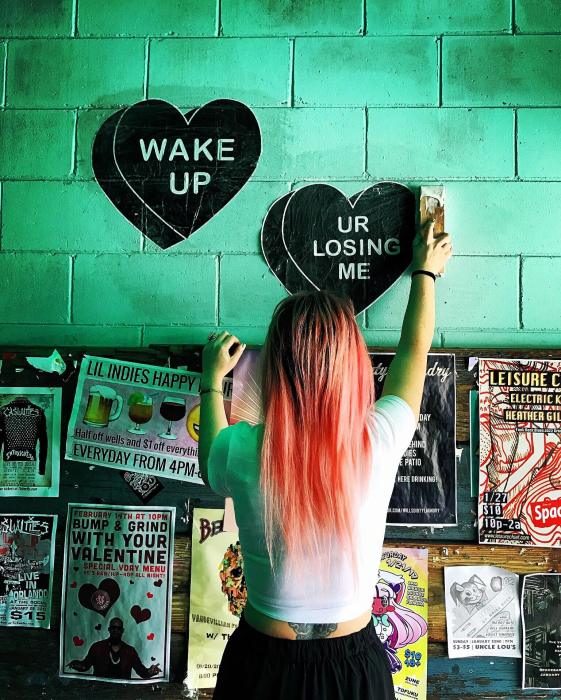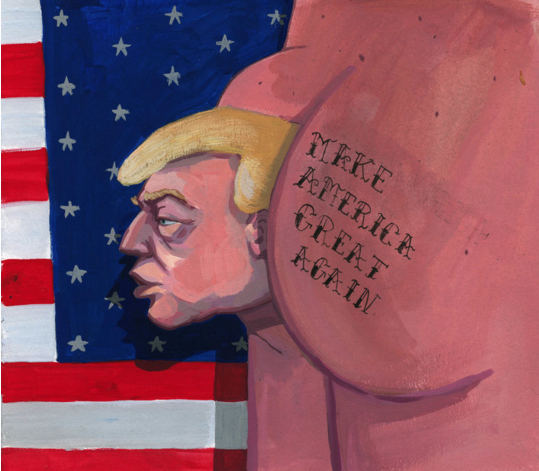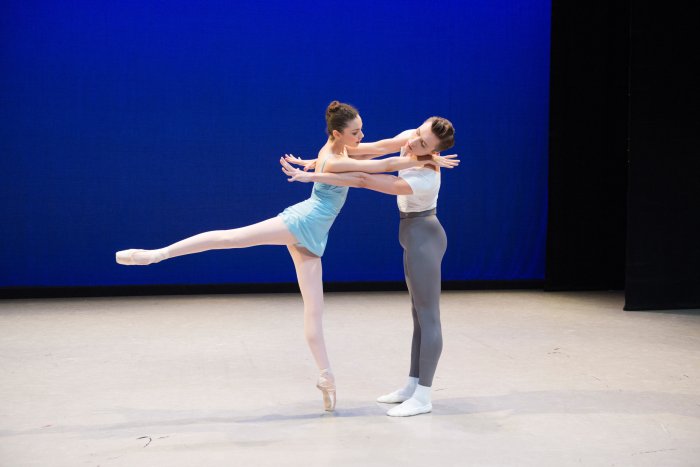What does it mean to be an American? What are the values that define the country? Who gets to set those parameters? Naturally, New York’s cultural institutions have something to say about it.
Many of this spring’s new exhibits explore the evolution of our national identity over the last century, and where it’s headed. At a moment when the very concept of “America” seems up for grabs, New York is bringing the big guns to the culture war.
Every two years, the Whitney Museum takes stock of contemporary art in the U.S., with the Biennial always making for one of the city’s best showcases for artists both influential and on the rise. Its 78th edition opening this month highlights the work of 63 artists and collectives based in a notably more turbulent and divided U.S. than years past, and the exhibition will reflect the current cultural climate head-on. A wide range of work will be on display, from the expected painting, photography and performance art to the more non-traditional such as video game design and activism, curated around a series of themes that include identity and place. March 17-June 11, 99 Gansevoort St., whitney.org
The Jazz Age: American Style in the 1920s
As Wall Street enjoys record-breaking gains and the income chasm widens, it seems perversely appropriate to revisit the Roaring ‘20s. Nearly 100 years later, it’s an era that continues to resonate thanks in no small part to its singular style and creative verve. That sensibility will be on full display in the Cooper Hewitt’s “The Jazz Age: American Style in the 1920s.” The first major museum exhibition surveying the American design spirit of the era, it will include more than 400 pieces, ranging from fashion, art, and film to interior design, jewelry and decorative arts. April 7-Aug. 20, 2 E. 91st St., cooperhewitt.org
Making Space: Women Artists and Postwar Abstraction
When we talk about abstract expressionism, the narrative tends to follow predictable characters: Jackson Pollock, Willem de Kooning, Mark Rothko. It’s usually men recognized as titans of the movement, but women were as integral to pushing the boundaries of art during the post-war period, though they are often excluded from the conversation. The Museum of Modern Art offers a corrective in the form of “Making Space: Women Artists and Postwar Abstraction.” Spanning the end of World War II and the start of the Feminist movement in 1968, the show highlights more than 100 pieces from its collection by artists like Lee Krasner, Jo Baer and Eva Hesse. April 15-Aug. 13, 11 W. 53rd St., moma.org
One of the most exciting — and essential — exhibitions of the season is at the Metropolitan Museum of Art. Irving Penn, who died in 2009, is a legend of photography and American art. He would’ve been 100 this year, and the Met, home of the best curated photo department in the city, is marking the anniversary with a major retrospective. More than 200 images will be on view, covering every period of Penn’s nearly 70-year career: from abstract still-lifes and dynamic, geometric fashion work to his masterful, iconic portraits, like those of Truman Capote and Pablo Picasso. April 24-July 30, 1000 Fifth Ave., metmuseum.org
World War I Beyond the Trenches
This year marks the 100th anniversary of America’s entry into World War I, a conflict that tends to be overshadowed in the U.S. by the scale and scope of its sequel. But at the time, American artists, like their European colleagues, responded to the Great War in visceral, harrowing ways — and continued to do so for years after the armistice. The New-York Historical Society presents a unique survey of this work, “World War I Beyond the Trenches,” that promises to be both illuminating and haunting. It’s the first major museum exhibition dedicated to how American artists like John Singer Sargent, George Bellows, Georgia O’Keefe, Man Ray and Edward Steichen experienced, processed and grappled with the war. May 26-Sept. 3, 170 Central Park West, nyhistory.org
























